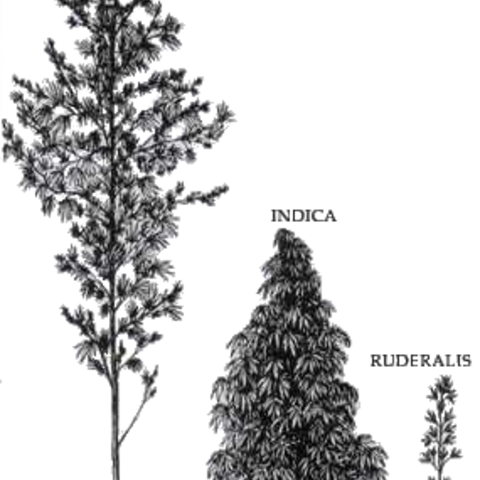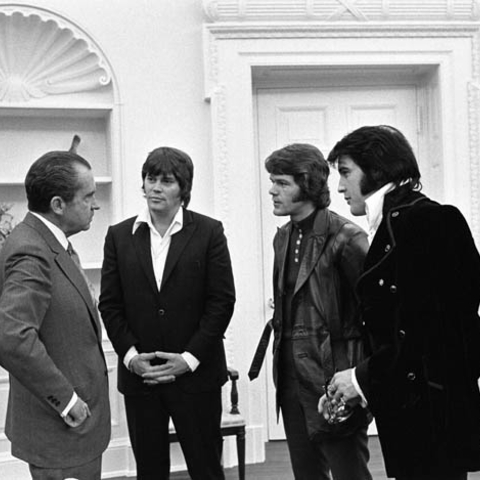
President Nixon recruited Elvis Presley (far right) as an anti-drug spokesmen in 1970 even though the entertainer's cultural cache had already peaked and was on the decline.
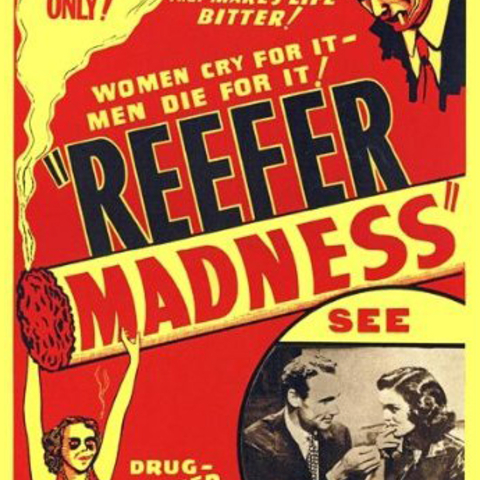
Reefer Madness was released in 1936 as an anti-drug film. By the 1970s, it was openly mocked for its corny portrayal of the supposed dangers of marijuana.
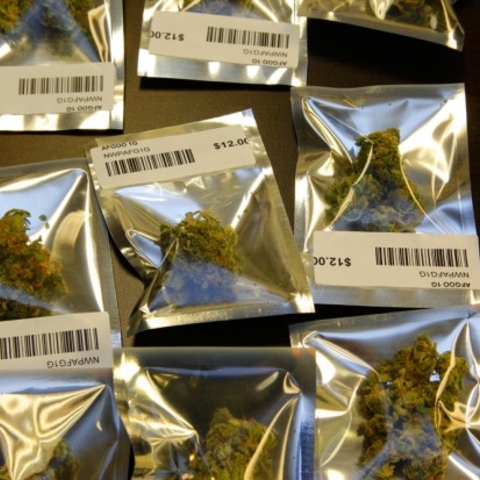
The federal government classified marijuana as a Schedule I drug, meaning it is considered to have no medical use. Although scientific verification is scarce, thousands of patient testimonials claim the opposite. Twenty states and the District of Columbia now permit the sale of various forms of marijuana for medical purposes, as seen in the above photo from a Seattle dispensary.
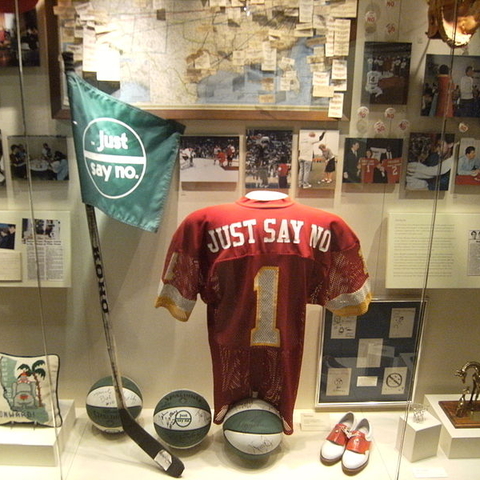
First-Lady Nancy Reagan promoted the "Just Say No" anti-drug campaign during the 1980s. Some of the artifacts from this nationwide campaign now reside in a display at the Reagan Library as seen above. Studies have shown that this sort of strategy is ineffective in reducing drug use.
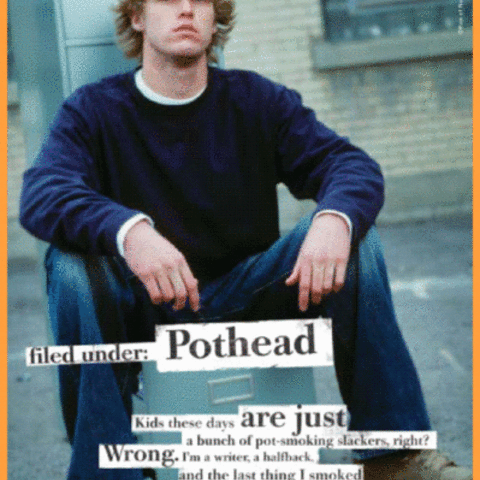
Since researchers showed that D.A.R.E. and "Just Say No" campaigns do not reduce drug use among children and teenagers, the Office of National Drug Control Policy has taken a more nuanced take as seen in this poster from 2000.
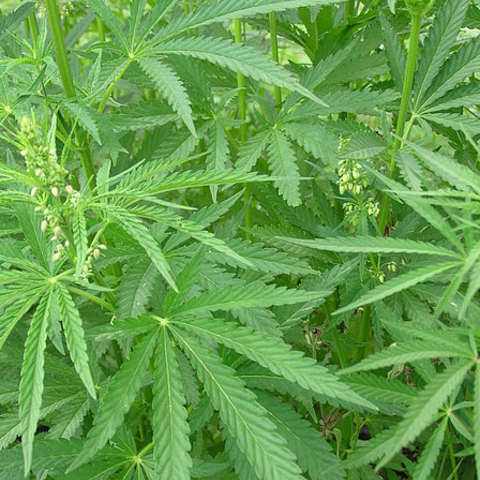
Cannabis is the scientific name for marijuana. This image shows the plant growing in the wild in Russia. There are two major strains of the plant, Cannabis indica and Cannabis sativ.
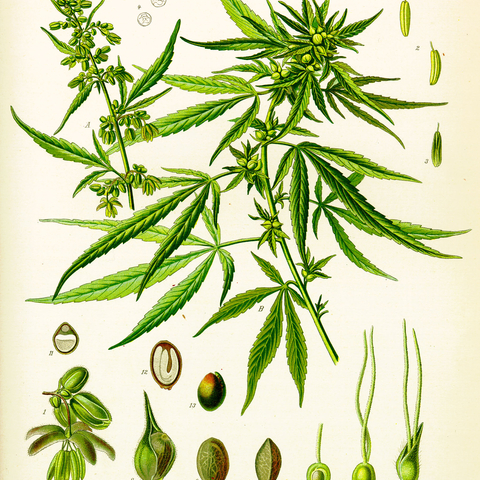
This drawing is from Köhler's book of medicinal plants, 1897.
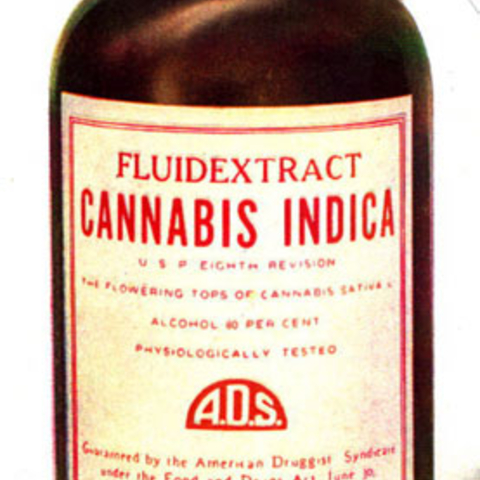
This drug bottle or potion dates from pre-1937. The label reads it was "Manufactured by American Druggists Syndicate" of "Greater New York."
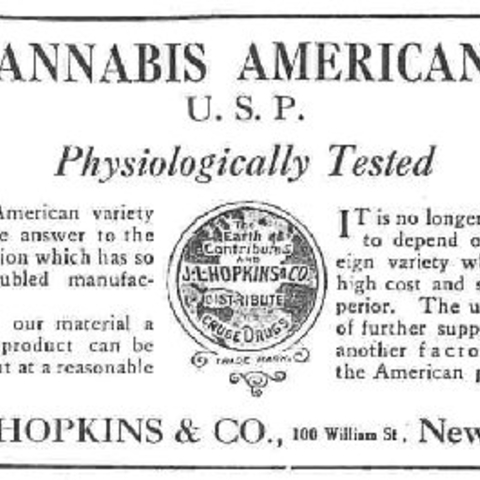
This advertisement appeared in 1917. Part of the ad reads, "Our American variety is the answer to the question which has so long troubled manufacturers. With our material a finished product can be turned out at a reasonable cost."
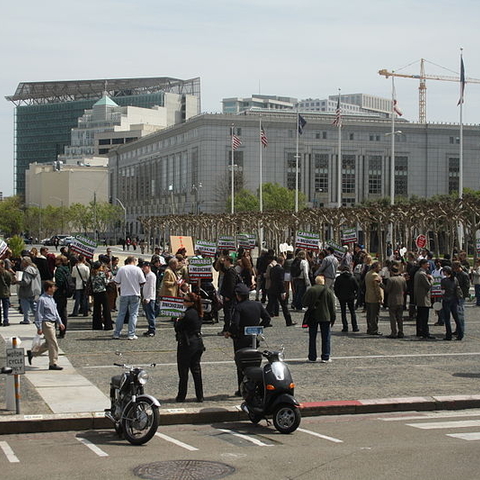
"Cannabis is Medicine" protest in San Francisco, 2007

Colorado was one of the first two states to legalize marijuana, although it remains a Schedule I drug at the federal level.
Activists across the U.S. have pushed for decriminalization and complete legalization. They have been willing to take incremental steps—such as the legalization of marijuana for medical uses—to reach their final goal.
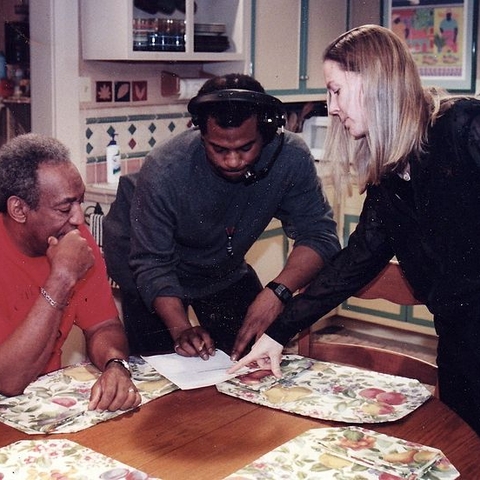
In 1998 and 1999, Barry McCaffery, Clinton's drug czar, paid out $25 million to five major television networks for writing anti-drug messages into specific prime-time shows, with the White House reviewing and signing off on scripts in advance. The use of celebrities and popular culture has deep roots going back to the 1930s film Reefer Madness. In this photo, comedian Bill Cosby prepares to record an anti-drug public service announcement in 1990.
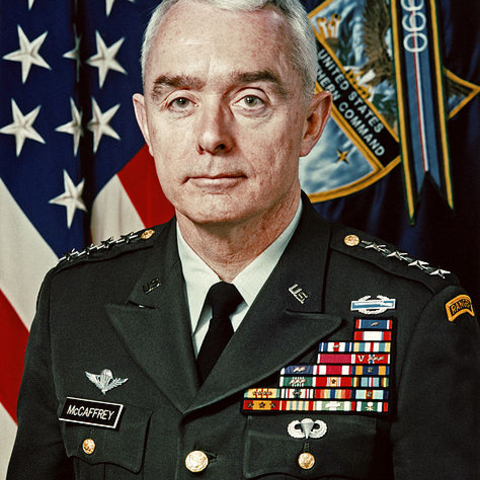
General McCaffrey served as President Clinton's drug czar in the late 1990s.
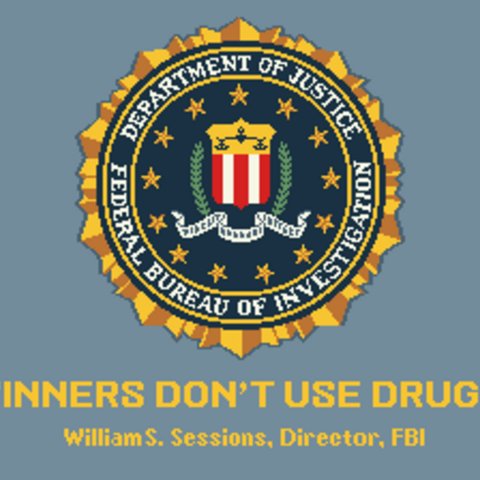
This screenshot of the slogan, "Winners Don’t Use Drugs," appeared in all arcade videogames imported into the U.S. from 1989 to 2000.

The Partnership for a Drug-Free America has worked with government agencies to resist decriminalization and legalization attempts (photo from 2002).
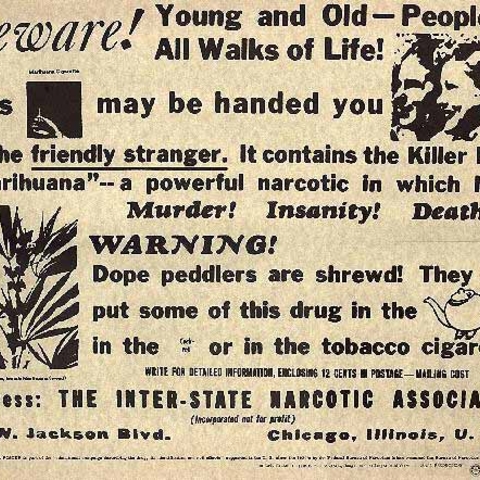
The Federal Bureau of Narcotics distributed this anti-marijuana advertisement in 1935.
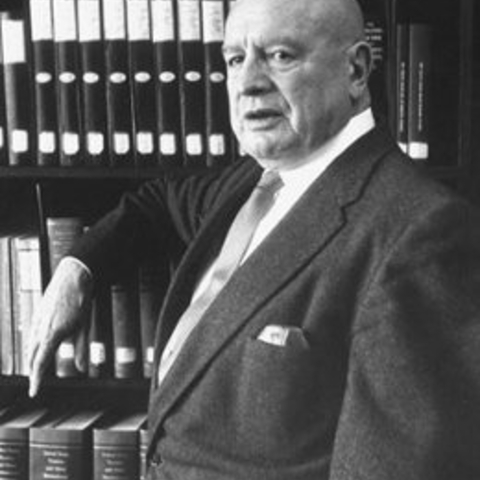
Harry J. Anslinger, a former assistant commissioner of the Prohibition Bureau who headed the U.S. Treasury Department's Narcotics Bureau from 1930 to 1962, initially opposed federal legislation against marijuana because he foresaw it would be difficult for his agency to enforce.
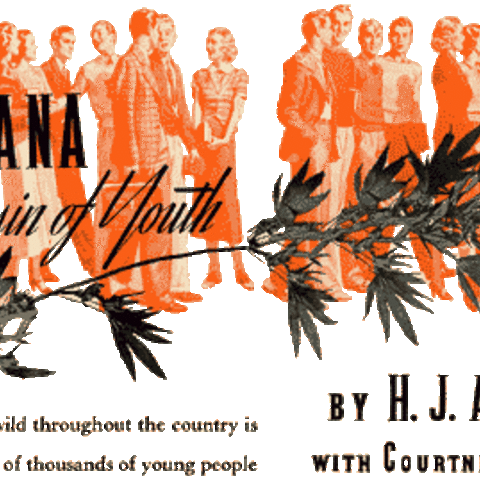
"Marijuana, Assassin of Youth" was originally published in The American Magazine volume 124, number 1 (July 1937). Text can be found here.

